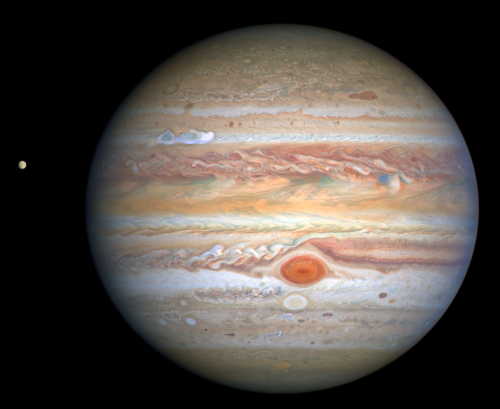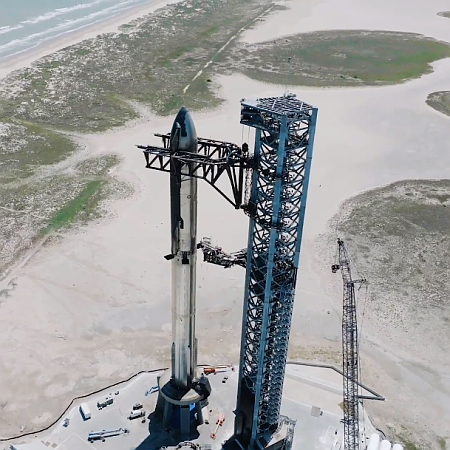We’re here to help you! The Biden White House yesterday proposed a major expansion of the regulations that govern commercial space, with the changes aimed at splitting all regulation within the Transportaion and Commerce Departments, but expand the regulations to so as to increase the power of the government over all future activitives, from rockets to spacecraft to space stations.
According to the White House’s statement [pdf]:
Specifically, this proposal would amend 51 U.S.C. 50902 to define a “human space flight vehicle” as a vehicle, including a launch vehicle or reentry vehicle, habitat, or other object, built to operate in suborbital trajectory or outer space, including on a celestial body, with a human being on board. A license would then be required for a citizen of the United States to operate a human space flight vehicle in outer space. (51 U.S.C. 50904).
DOT would authorize the operation of a human space flight vehicle consistent with public health and safety, safety of property, space sustainability, international obligations of the United States, and national security, foreign policy, and other national interests of the United States. (51 U.S.C. 50905). This proposal adds “space sustainability” and “other national interests” to DOT’s current authority. Including “space sustainability” would allow DOT to include debris mitigation and require measures to protect the sustainable use of outer space in their regulations, to include the mitigation and remediation of orbital debris and consideration of impacts to the space operational environment. [emphasis mine]
Essentially, these new rules — purposely written to be vague — will allow the government to forbid any activity in space by private citizens it chooses to forbid. No private space station could launch without government approval, which will also include the government’s own determination that the station will be operatied safely. Once launched, the vagueness of these regulations will soon allow mission creep so that every new activity in space will soon fall under its review.
Since no one in the government is qualified to supervise things like this, in the end politics and the abuse of power will be the rule.
Moreover, by what constitutional right does the federal government have to supervise the work of all space companies, in all things? It doesn’t have that right, and in fact the Constitution was written expressly to forbid it from attempting such a thing. The Constitution however is nothing more than fish wrap in modern America.
Note that most other news reports on this proposal are making it sound as nothing more than a simple revision of the law to better organize the regulatory system. The assumption is always that the government is all-knowing and all-seeing, and has the ability to act as school teacher for everyone else.
Initially we can expect these regulations will be followed with good faith, but such things never last. Given time they will end up squelching freedom in space and the entire American effort to colonize the solar system. And should any American colony become reasonably self-sufficient under these rules (something not likely), the rules guarantee that they will revolt from American rule as quickly as possible.
At this moment this proposal is simply that. Congress needs to review it and decide if it wishes to do as the Biden White House proposes. Though it is unlikely it will pass as written, it is also likely that our present Congress will simply reword it to accept this expansion of power, in some manner.













